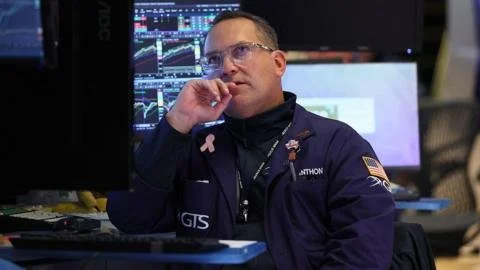Market Jitters: Are Investors on Edge Over Stock Volatility?
Every week, US financial markets face new waves of anxiety. Recent troubles stem from two regional banks warning of losses due to alleged fraud, while prior concerns were fueled by escalating US-China tensions over tariffs and advanced tech. The recent bankruptcies of First Brands and Tricolor sparked fears in September. Though overall, the market has shown resilience, with the S&P 500 up roughly 13% this year, there’s a growing sense of unease among investors.
The core of the anxiety lies in the high valuations relative to corporate profits, leading many to worry about an impending bubble, particularly in the AI sector. High-profile voices, including the Bank of England and JP Morgan’s Jamie Dimon, echo concerns of stretched valuations and potential corrections, a sentiment reinforced by the International Monetary Fund’s warnings of complacency amid shifting fundamentals.
James Reilley, an economist at Capital Economics, interprets recent drops as investors quickly reacting to perceived risks. Despite these jitters, many remain optimistic; analysts from Goldman Sachs and Wells Fargo have revised upwards their year-end S&P 500 forecasts. For instance, David Lefkowitz from UBS Global Wealth sees a minor risk of a sell-off, supported by continued US growth and lowering borrowing costs.
Still, as Stovall points out, a typical bull market lasts about four and a half years, and with persistent inflation and political uncertainties, this year’s climb has been perceived as ’unloved’. Yet, corrections remain a possibility, suggesting that while the market is currently optimistic, the ground is shifting, and volatility may be on the horizon.

